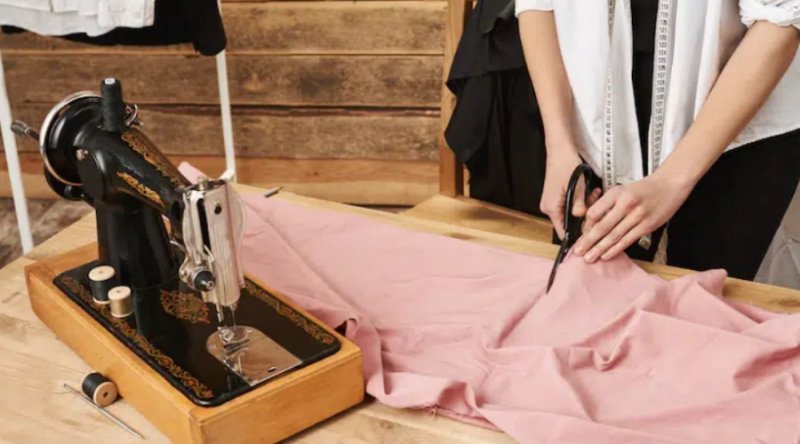As a fan of the world of cut and sew manufacturer, you have probably thought about using a sewing pattern. Although at first glance it may seem simple, its interpretation requires practice. In our blog, we will give you the steps to use sewing patterns like a professional.
What Is It?
The sewing pattern has different parts. If we buy a ready-made one, it is likely that the package will come with a drawing of the resulting garment as well as diagrams of the front and back. In addition, we will find instructions for its interpretation.
In them, the measurements, the recommended materials to use or the recommended textures will be marked. Also part of the pattern is the white and green manila paper on which the necessary markings for making are found.
Types Of Patterns
Within the sewing templates that we can use, we can differentiate between different types of patterns. The most used is the domestic or multi-size. It is useful when we want to make a model in different sizes or we want to sew a specific model. If our sewing project is unique or created by us, after taking measurements, we speak of an original pattern.
In addition, in recent years, with the advancement of technology, we have free patterns in their digital versions. We can use these domestic patterns by printing the file and transferring it to the pattern paper. To do it correctly, we will make sure we have the necessary accessories.
Before Using A Sewing Pattern
Although the use of these templates can be very useful, we must learn to interpret them correctly. Otherwise, the result of our project may not be as expected. In the case of multi-size patterns, since they can be used for a wide range of measurements, we must pay close attention to the brand that we will use before cutting the pattern paper.
Also, to use a sewing pattern correctly, we will have to know the characteristics of the fabric that will be used. Depending on whether it is more elastic or less, we must interpret the pattern differently. The drawing fit space should have a margin space based on this issue. Typically, these are identified on paper. Practicing modeling with a mannequin in case you don’t have the person who will wear the model you are sewing can be useful.
How To Interpret Correctly
Once we have the fabric and sewing plans, we must interpret the instructions correctly. Unlike sewing without patterns, not following these guidelines can ruin your craft.
To read a pattern, we will have to use the marks and interpret them. The most common are the following:
- Triangular marks: Cut lines to combine or join pieces. On the front it will appear with a single mark while on the back it will be double. In multisize patterns, it will be thicker.
- Dotted seam lines: Indicate where the seams will be, 15mm from the cut line.
- Fold lines: They are never cut as this will be where the fabric is folded
- Triangle or diamond: the tweezers of the piece
As you can see, the use of patterns in sewing is simple and can be useful if we want to make a specific model. However, we don’t have to stick to established guidelines and create our own. In beautiful connection group, you will find everything you need for your sewing work.
Check Out Our Blog: The Most Favorite Shorts And Matching Sets For Women
